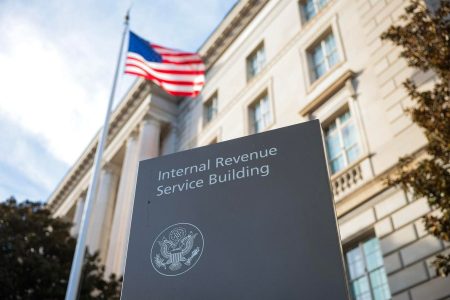For business owners looking to optimize their tax savings for the 2024 income year, establishing a Solo 401(k) plan can be an effective strategy. This specialized retirement account is tailored specifically for solo entrepreneurs without employees, aside from possibly their spouse, enabling significant contributions that translate into substantial tax savings. Even if prioritizing retirement planning might not seem pressing, minimizing your tax burden through a Solo 401(k) can ultimately facilitate your journey toward financial independence. Therefore, it’s worth considering whether the current moment is right for your business to set up a Solo 401(k) plan.
A Solo 401(k) stands out as a retirement solution uniquely designed for sole proprietors and small business owners who do not have eligible full-time employees. By placing contributions into this account, business owners can capitalize on higher contribution limits compared to other retirement vehicles. The Solo 401(k) offers a dual contribution method, allowing participants to contribute both as an employee and an employer, thereby enhancing the overall contribution potential and facilitating greater tax deductions.
For the tax year 2024, the combined contribution limit for a Solo 401(k) will reach $69,000, inclusive of both employee and employer contributions. If the business owner is aged 50 or above, an additional catch-up contribution of $7,500 will be available, increasing the individual’s potential total contribution. This structured approach—where contributions are allowed both as an employee ($23,000) and as an employer—allows greater tax efficiency and planning flexibility. As such, it’s advisable for business owners to have a clear understanding of their limits and ensure they’re maximizing this opportunity.
When comparing retirement options, the Solo 401(k) generally outshines its counterpart, the SEP IRA, particularly in terms of the contribution limits it allows. Business owners can contribute more to a Solo 401(k) than they could with a SEP IRA, making it a more favorable option for maximizing tax deductions and retirement savings. Therefore, for self-employed individuals, the Solo 401(k) is often considered the superior choice, particularly when prioritizing tax efficiency and long-term financial growth.
Regarding deadlines, both employee and employer contributions hold specific criteria. Employee contributions must be completed by the last payroll of the calendar year, ideally by December 31st, while employer contributions can be made at a later date, coinciding with tax filing deadlines. However, the opportunity to establish a Solo 401(k) has been extended under the Secure 2.0 Act, allowing plans to be opened after the tax year ends but before tax filing deadlines. Nonetheless, delaying the establishment of the plan can limit maximum contributions, potentially missing out on significant tax deductions.
If deadlines are missed, there may still be options available for making contributions, especially if tax returns are filed under an extension. However, delays can lead to missed contribution limits, thereby reducing potential tax savings. It is crucial for business owners to recognize the long-term benefits of a Solo 401(k), not only in its retirement savings capabilities but also in how it can ease financial burdens, ultimately paving the pathway toward financial stability and retirement. In summary, leveraging a Solo 401(k) effectively can lead to substantial tax savings and enhanced financial freedom for small business owners.










